
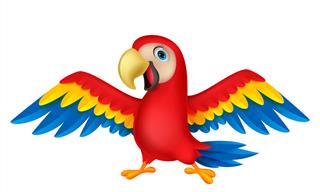
Joke: A Naughty New Tenant
A new tenant has come to the house, and is already causing trouble!
 11:51
11:51
Animal Spies: Fascinating Stories of Non-Human Agents
Who raises less suspicion than innocent animals? Learn of the incredible cases in which animals were trained and used for espionage.
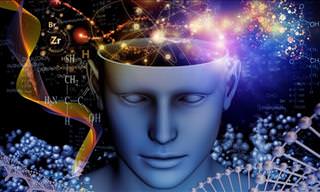
9 Fascinating Documentary Series to Expand Your Mind
While there are many of us who watch many hours of TV per week, we can modify this habit to watch things that will actually make us smarter. Here are 9 of them.

10 Signs You Have a High Level of Intelligence
If you find yourself relating to these characteristics, it is possible that you possess an exceptional level of intelligence...
 7:51
7:51
Is It Possible to Learn the Language of Another Species?
Scientists believe talking to dolphins is possible and are trying to learn how. Succeeding in this could open the door to communicating with thousands of species.

Animal Intelligence: Truths You Didn’t Know Before
Learn some truly fascinating lesser-known facts about animal intelligence that you are unlikely to have heard before.
 4:55
4:55
The Most Adorable Otter Ever Will Teach You About Otters
This little orphaned river baby otter is so cute, you'll never want to stop watching it. But if you do, you'll learn all about otters while accompanying on his little day. Are you ready to learn about otters?
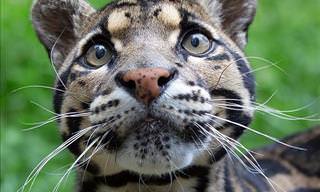
Discover the World of Beautiful Wild Cats
These cats may make you want to pet them, but be advised - these are all rare and highly feral breeds. Maybe it's best to enjoy these 10 wild cats from afar...
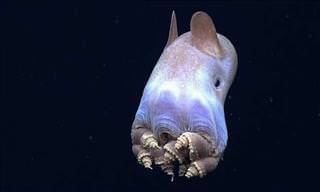
Imagine Sharing Living Space with These Watery Weirdos!
The ocean is an even greater unknown than outer space, and some of the life forms you find in it are incredibly bizarre. Take a look at these odd sea creatures.

Spring Is Here: 8 Spring Flowers You Can Plant Right Now
These flowers will make your garden look marvelous in the spring time.
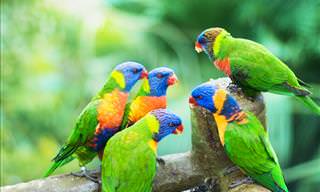 6:40
6:40
You May Learn Some New Dance Moves Thanks to These Birds
Watch this hilarious, yet sweet compilation of bird mating dances.
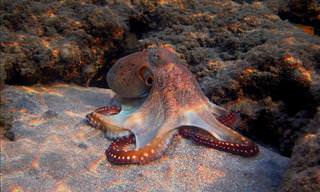 4:26
4:26
Discover the Life of the Ocean's Most Cunning Creature
Discover the fascinating world of the octopus, and see for yourself exactly why scientists consider them to be one of the most intelligent creatures on Earth.

16 Fascinating Plants You Have to See to Believe!
How many of these interesting plants have you seen before?
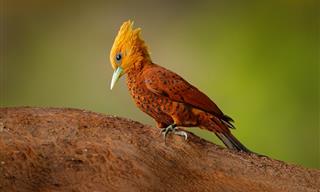
Woodpeckers Are So Captivating!
Did you know that there are over 200 species of woodpeckers in the world? Let’s check out some of the most fascinating ones.

These Are the Best Nature Walks in the Entire World
There's no doubt that walking in nature is good for the soul, so imagine what it would do for you along the very best routes in the world. Here are 10 of them.

Unbelievable Natural Illusions That’ll Make Your Jaw Drop
Nature always has a few tricks up her sleeve and never stops surprising us with her fascinating creations. Here are 14 mind-bending examples...

Incredible Undersea Photography: 16 Award-Winning Pics
Check out the breathtaking winners of the Underwater Photographer of the Year 2023 contest.

Who Said Minerals Can't Be As Beautiful As Gems?
The most beautiful minerals in the world show themselves in these stunning photos.
 4:06
4:06
The Beautiful and Elusive Snow Leopard of the Himalayas
The snow leopard is one of the most poorly-understood cats in the wild, mainly because it's so hard to see one that doesn't want to be seen.
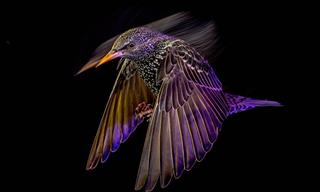
16 Majestic Bird Photos That Should Be Framed
The winners of the Bird Photographer of the Year 2022 were recently announced. Let’s check out the best winning images.

21 Gorgeous Reasons Nature Needs No Photoshop
You'll be impressed by 21 nature pictures that prove the world is beautiful the way it is if you only know where to look.

INTERACTIVE: Click to See the English Tide Come and Go...
This interactive photo presentation lets you click on images taken by Michael Marten, and see the English tide coming in and going out.

Far, Far Away, There's a Land Where Pandas Roam Free...
Giant pandas are highly endangered, however there's a beautiful sanctuary in China devoted to ensuring that population numbers are boosted. See the photos.

Photographer Captures Myriad Moods of Stunning Big Cats
Observing big cats from up close is rare. Here are some brilliant big cat portraits that take you real close to these magnificent animals.

These X-ray Photos of Pregnant Animals Will Intrigue You
A collection of X-rays taken of pregnant animals.

14 Incredible Sights from the Mighty Andes
We have curated a stunning collection of photos that showcase one of the most remote and awe-inspiring places on Earth.
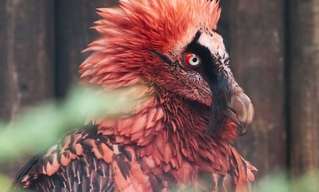
I Never Thought Such Animals Existed. Wow.
Nature can be beautiful, but it can also be rather strange, especially when you see THESE animals. Most of them are endangered animals, living only in the smallest and most remote places on earth.

The Lotus Flower: Why This Beautiful Flower is Significant
The lotus flower is one of the world's most famous flowers, and it has many uses as well as deep cultural significance. Find out more about the lotus flower.
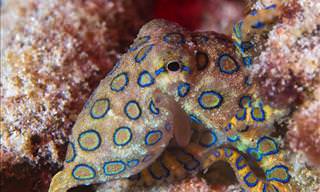
Beware of These 15 Animals, They’re the DEADLIEST on Earth
Of all the animals you can meet on our blue planet, these 15 are among the most dangerous and potentially deadly ones...

These Animal Facts Are Both Adorable and Interesting
Twenty fascinating animal facts that we bet you never knew about!

The Beautiful Animals You'll See When On Safari...
If you want the best safari experience, Africa is where you should go, especially if you want to see the big five wild animal groups: the lion, the leopard, the elephant, the rhino and the buffalo.

20 Jaw-Dropping Natural Landscapes That Grip Your Soul
It's impossible to put words to these glorious pictures. We just can't.

Everything You Always Wanted to Know About Dogs!
How much do you know about our furry friends?
 3:05
3:05
Behold the Gaur: The Largest Wild Cow on Earth
Let’s get up close and personal with the mighty Indian gaur, known as the world’s biggest wild cow.

Bird Watchers’ Paradise: 7 Stunning Bird Sanctuaries
If you love birds, then pack your bags and take a trip to these wondrous bird sanctuaries.

Extreme Alternative Agriculture: Growing Basil Underwater
Join us on a swim to Nemo’s Garden, a hydroponic garden at the bottom of the Mediterranean Sea.
 2:48
2:48
The First 3 Months of a Panda's Life is Amazing to Watch!
The first 100 days in a panda's life. They don't start out looking like pandas!

10 of the Largest Living Birds in the World
Check out this list of the largest and heaviest birds that inhabit our planet today.

Best of Animal Photography: 17 Stunning Images
Check out the most amazing shots of animals caught on camera from “The Decisive Moments Magazine”.
 4:25
4:25
Cactuses Have Flowers So Beautiful and Different...
This videos will show you the true beauty of cacti flowers.

These Flowers Capture a Starry Night On Their Petals
These wonderful flowers appear to have the night sky captured in their very petals. View some stunning photos of them and learn more about them.
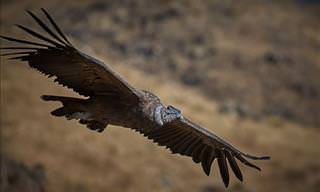
Amazing! These Birds Fly as High as a Commercial Plane!
Ever wondered what the highest flying birds in the world are? Well, you don't have to wonder anymore!

22 of Nature Photography's Most Exquisite Moments!
The NG website has a daily photo of the day page, from which we've selected 22 incredible examples of nature's undeniable and breathtaking beauty. Undoubtedly, you also deserve to enjoy these amazing pictures from the last few months.

22 Award-Winning Photos That Capture the Power of Nature
The International Photography Awards has many categories, but today, we will focus on nature, with 22 stunning highlights from the 2020 competition.

10 Perennials That Will Serve Your Garden for Years
Here, we look at some amazingly useful perennial vegetables that will serve as a long-term investment for every gardener.

5 Ancient Forests and What You Can Find There
This list contains 5 of the world’s most ancient forests that stood here far longer than us, their must-see spots and how to get there

These Wholesome Animal Titbits Will Make You Smile
Here are some adorable animal facts that will keep you smiling all day.








